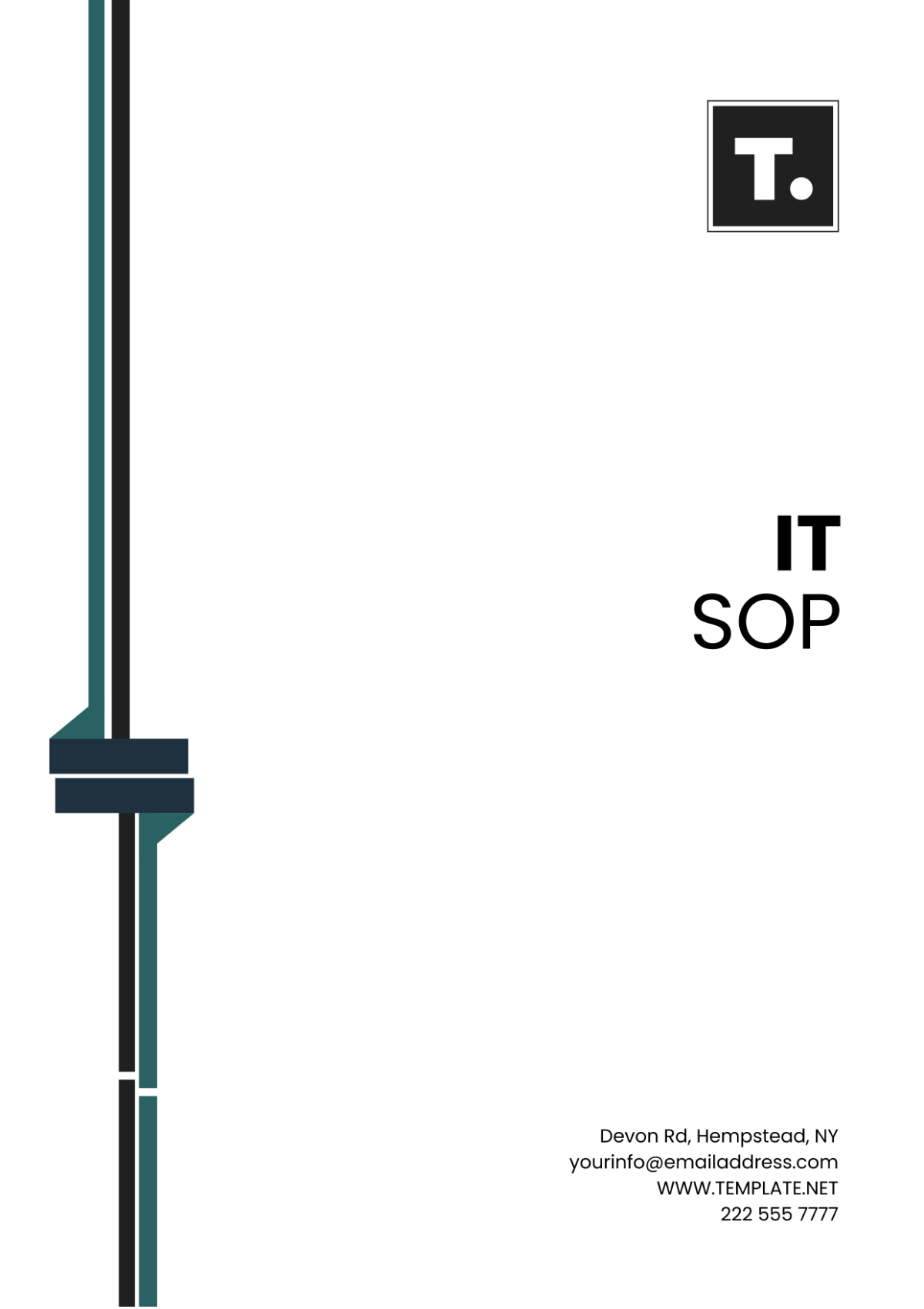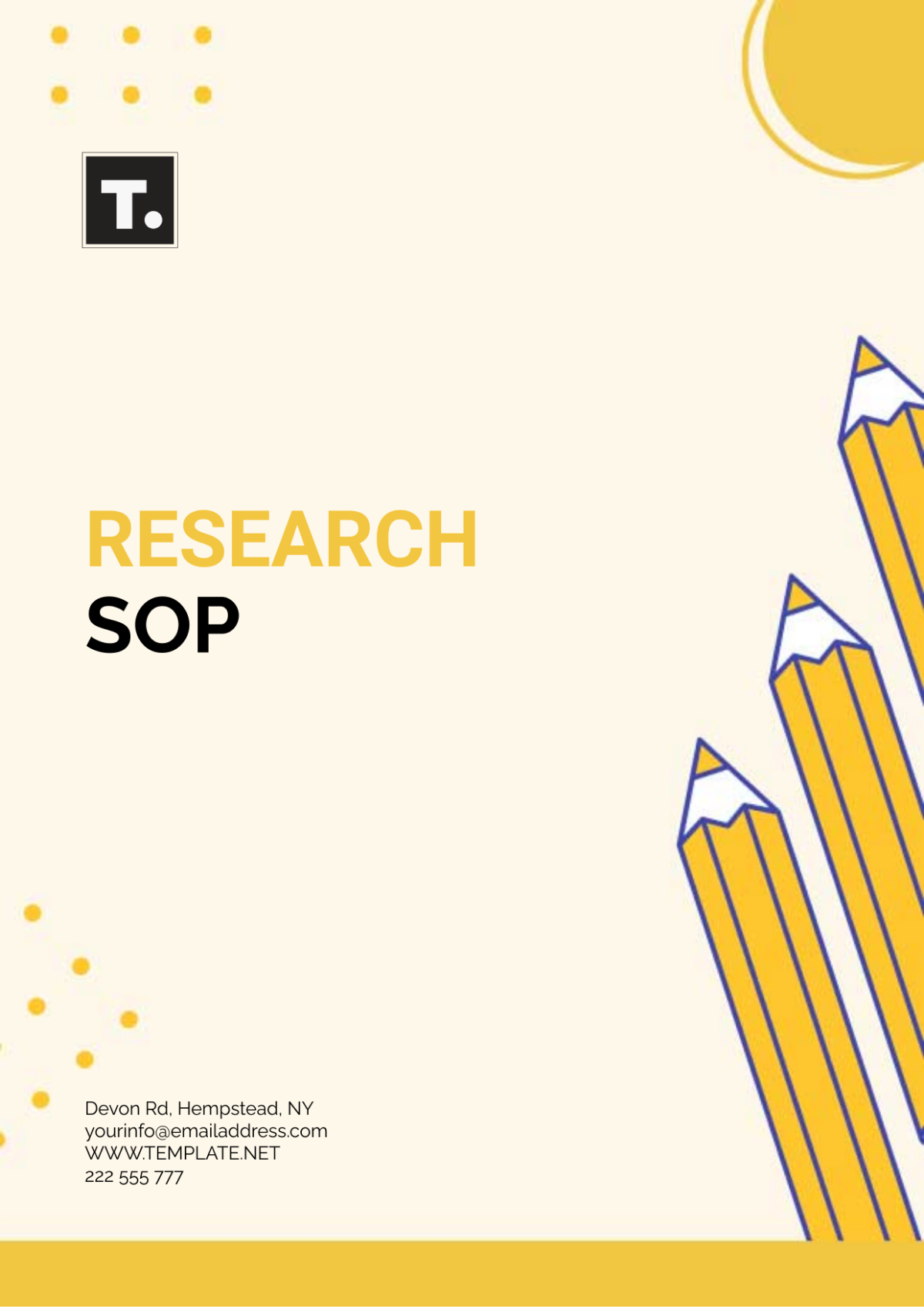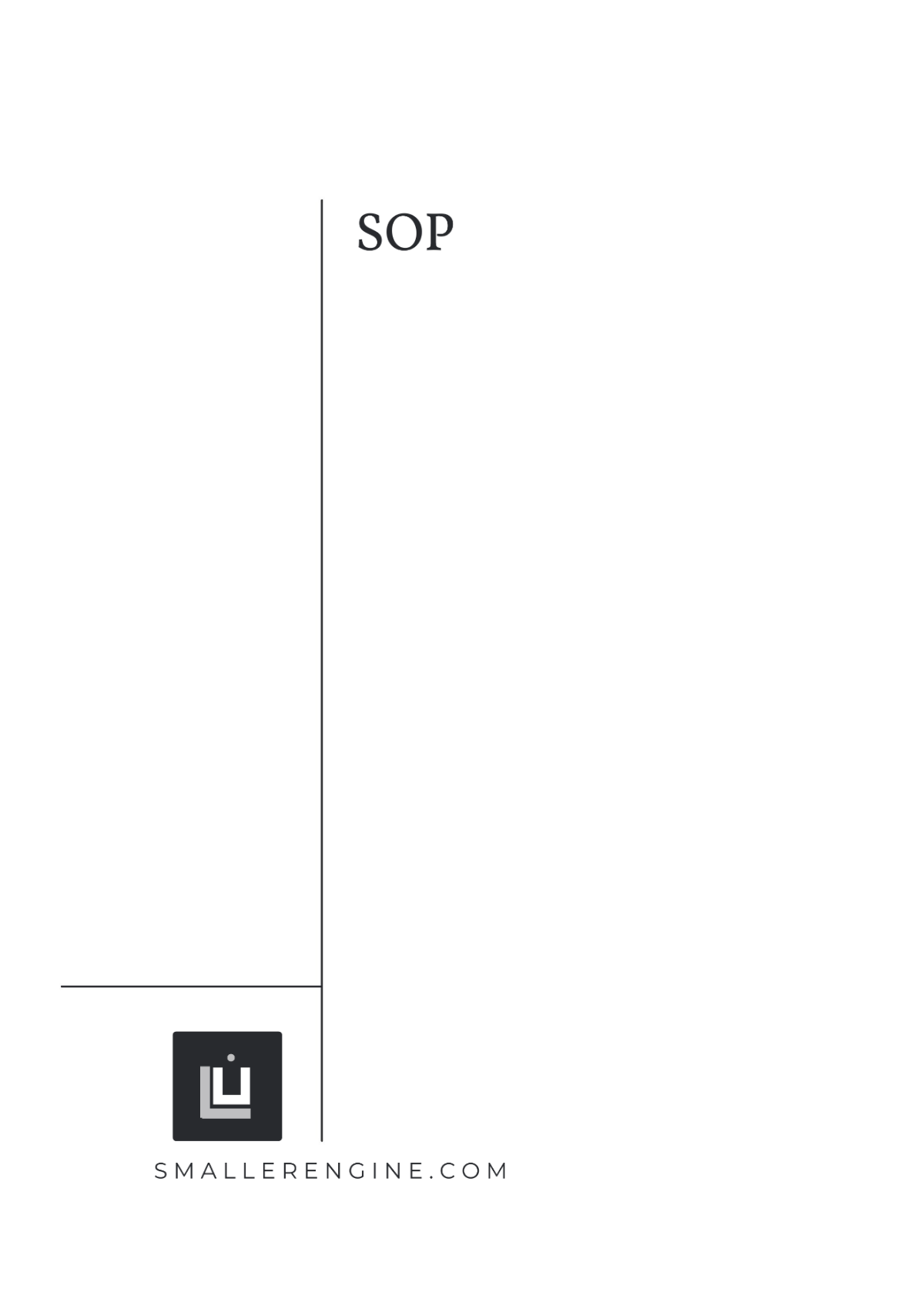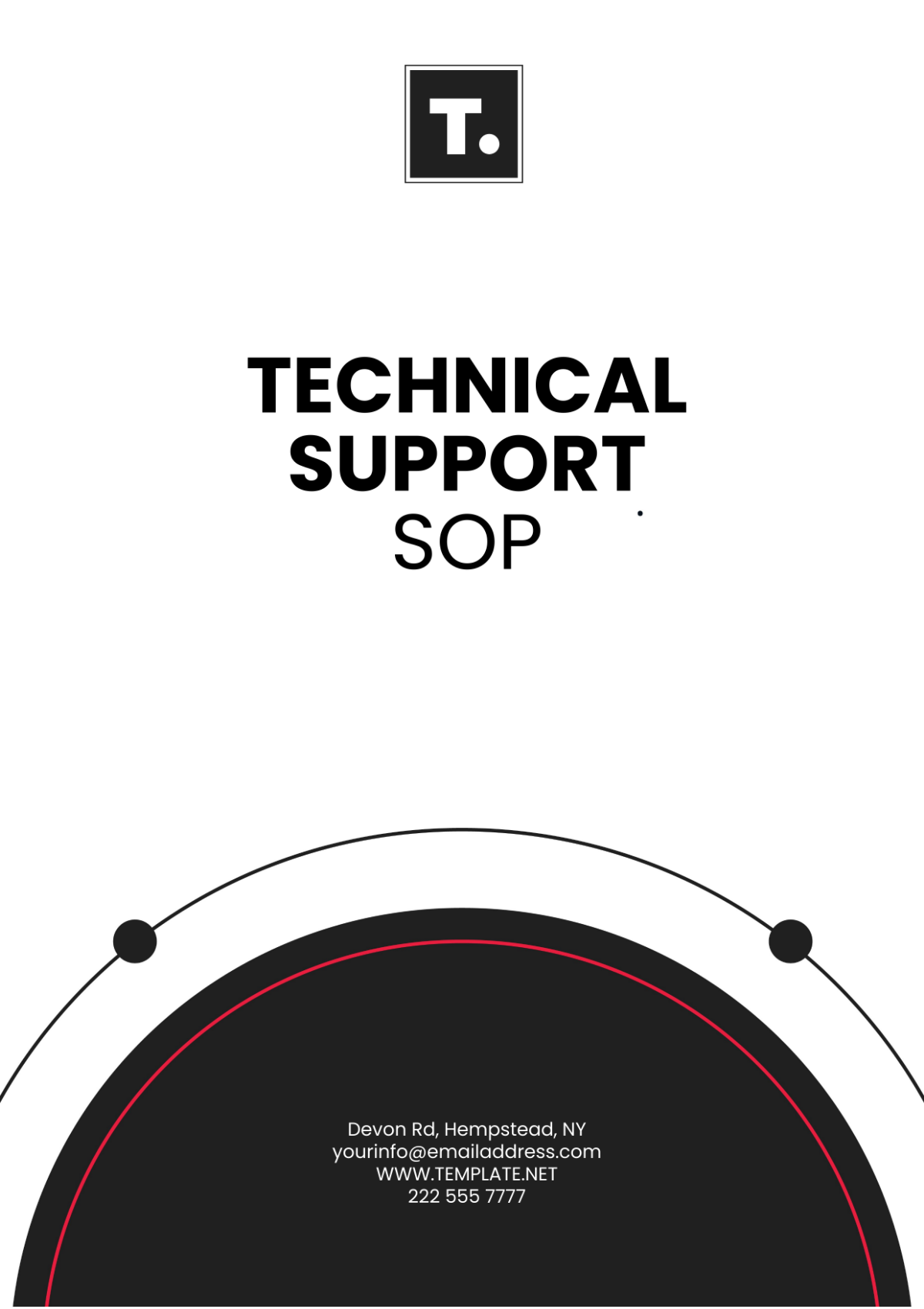Financial Cost Reduction SOP
I. Introduction and Objectives
Purpose
The Financial Cost Reduction Standard Operating Procedure (SOP) at [Your Company Name] is a strategic blueprint crafted to guide the systematic reduction of operational costs across all facets of the organization. This comprehensive SOP is tailored to streamline cost management, ensuring that every department operates with financial efficiency and sustainability at its core. By integrating this SOP into our daily operations, we aim to establish a culture of cost consciousness and financial responsibility, ensuring that cost-saving practices become a fundamental aspect of our organizational ethos.
Key Objectives
Our primary objectives center around three pillars: minimizing unnecessary expenditures, optimizing the utilization of resources, and maximizing profitability. These goals are achieved through a rigorous analysis of current spending, identifying areas where costs can be reduced without impacting the quality of our products or services. We are committed to maintaining the highest standards of service and product excellence while finding innovative ways to reduce financial waste and enhance operational efficiency.
Scope
The scope of this SOP is comprehensive and all-encompassing, integrating every department and unit within [Your Company Name]. From procurement strategies to product development, marketing initiatives, and administrative processes, no aspect of our operations is exempt from this cost reduction mandate. This widespread application ensures that cost-saving measures are uniformly implemented and that the benefits of these strategies are realized organization-wide, fostering a cohesive approach to financial management and cost control.
II. Cost Analysis and Assessment
This section details [Your Company Name]'s approach to comprehensive cost analysis and assessment, including regular audits, the identification and classification of costs, and the analysis of major cost drivers.
A. Comprehensive Cost Audits
Regular audits will be conducted to scrutinize all expenses, categorizing them into fixed, variable, direct, and indirect costs. This will involve reviewing financial statements, departmental budgets, and expense reports.
Audit Type | Description | Purpose |
Operational Expense Audit | Review of day-to-day operational expenses, such as utilities and office supplies. | To identify overspending and areas for potential savings. |
Payroll and Benefits Audit | Examination of all payroll expenses, employee benefits, and related taxes. | To ensure payroll efficiency and compliance with tax laws. |
Procurement Audit | Scrutiny of procurement procedures and vendor contracts. | To assess procurement efficiency and negotiate better terms. |
Capital Expenditure Audit | Review of spending on assets like equipment and property. | To evaluate the necessity and ROI of capital investments. |
Marketing and Advertising Audit | Analysis of marketing and advertising expenses. | To measure ROI and optimize marketing spending. |
B. Identification of Costs
Each cost will be classified to understand its nature and impact on the business. Fixed costs like rent and salaries, variable costs like utilities, and direct and indirect costs will be clearly differentiated.
Cost Type | Classification | Description |
Rent | Fixed | Monthly lease payments for office space. |
Salaries | Fixed | Regular payments to employees. |
Utilities | Variable | Costs of electricity, water, and gas, which fluctuate based on usage. |
Raw Materials | Variable | Costs of materials used in production, varying with production volume. |
Maintenance | Variable | Expenses for equipment and facility maintenance. |
Marketing Expenses | Variable/Direct | Costs associated with marketing activities. |
Production Labor | Direct | Labor costs directly tied to production output. |
R&D Costs | Direct/Indirect | Research and development expenses. |
Administrative Salaries | Indirect | Salaries for administrative staff not directly involved in production. |
Depreciation | Indirect | Non-cash expense representing the decrease in value of assets. |
C. Analyzing Cost Drivers
Analyze key factors driving costs in various departments, looking into historical data to identify patterns and areas where cost reduction can be most effective.
Cost Driver | Description | Impact on Business |
Market Price Fluctuations | Changes in market prices of raw materials and components. | Directly affects production costs and profitability. |
Labor Efficiency | The productivity and efficiency of the workforce. | Impacts operational efficiency and labor costs. |
Technological Advances | Adoption and integration of new technologies. | Can lead to cost savings or increased expenses. |
Regulatory Changes | Alterations in industry regulations and compliance requirements. | May increase operational costs due to compliance needs. |
Economic Conditions | Overall economic environment, including inflation and interest rates. | Influences purchasing power and cost of capital. |
III. Budgeting and Forecasting for Cost Control
In this critical phase of financial management at [Your Company Name], we focus on crafting cost-efficient budgets, forecasting future expenses, and regularly reviewing and revising these budgets to ensure alignment with our financial objectives and market dynamics.
A. Cost-Efficient Budgets
At [Your Company Name], each department head is tasked with developing a budget that not only aligns with their operational needs but also adheres to the company’s overarching cost reduction goals. These budgets are crafted with a keen focus on distinguishing between essential and non-essential expenditures. For example, the marketing department's budget will prioritize high-ROI activities while scaling back on lower-yield initiatives. The process involves meticulous planning to ensure that every dollar spent contributes to the company’s growth, and non-critical expenses are minimized or eliminated, fostering a culture of efficiency and judicious resource utilization.
B. Forecasting Future Costs
Our approach to forecasting involves an intricate analysis of historical financial data combined with current market trends and economic forecasts. This method allows us to anticipate future expenses with a high degree of accuracy. For instance, by analyzing trends in raw material costs and incorporating market predictions, the procurement department can formulate a more accurate budget for the upcoming year. This forward-looking approach is instrumental in preemptive budgeting, allowing us to prepare for and adapt to market changes, ensuring financial stability and strategic agility in our financial planning.
C. Budget Review and Revision
Recognizing the dynamic nature of business, [Your Company Name] commits to a routine of quarterly budget reviews. This process is not merely a financial checkup but a strategic evaluation to align our spending with changing business landscapes, emerging cost-saving opportunities, and unexpected financial demands. For example, if a new technology emerges that can enhance efficiency, the IT department’s budget may be adjusted to incorporate this investment. Similarly, unforeseen circumstances like market downturns may necessitate tightening budgets in certain areas. These regular reviews and adjustments ensure our financial plans remain relevant, responsive, and conducive to our long-term fiscal health and strategic objectives.
IV. Implementation of Cost Reduction Strategies
This section outlines [Your Company Name]'s strategic approach to implementing cost reduction measures, including specific initiatives, supplier negotiations, and waste minimization strategies, each aimed at enhancing overall financial efficiency.
A. Specific Cost Reduction Measures
Implement targeted measures such as automating repetitive tasks, adopting energy-efficient practices, and renegotiating contracts with suppliers.
Measure | Description | Sample Implementation |
Automation of Tasks | Introducing automation in repetitive administrative tasks. | Implemented automated invoicing system, reducing manual labor by 30%. |
Energy-Efficient Practices | Adopting eco-friendly practices to reduce utility costs. | Installed LED lighting, reducing energy costs by 15%. |
Renegotiating Vendor Contracts | Revisiting terms with existing vendors for better rates. | Renegotiated supply contract, achieving a 10% reduction in costs. |
Telecommuting Policies | Encouraging remote work to cut down on office-related expenses. | Reduced office space, saving 20% in rental costs. |
Technology Upgrades | Investing in efficient technology to improve productivity. | Upgraded to cloud-based systems, decreasing IT maintenance expenses by 25%. |
B. Negotiations with Suppliers
Engage in negotiations to seek better pricing, bulk purchase discounts, or more favorable payment terms.
Negotiation Area | Strategy | Sample Outcome |
Bulk Purchase Discounts | Negotiating lower prices for buying in bulk. | Secured a 12% discount on bulk orders of raw materials. |
Longer Payment Terms | Arranging for extended payment periods. | Agreed on 60-day payment terms with key suppliers, improving cash flow. |
Quality Assurance Discounts | Negotiating discounts based on consistent quality compliance. | Obtained a 5% discount for maintaining high-quality standards. |
Exclusive Supplier Agreements | Forming exclusive partnerships for better pricing. | Entered an exclusive agreement, resulting in a 15% cost saving. |
Sustainable Supply Practices | Partnering with suppliers practicing sustainability, leading to shared cost savings. | Partnered with a green supplier, reducing costs by 10% and enhancing brand image. |
C. Minimizing Waste
Introduce initiatives to minimize waste and inefficiency. This includes optimizing resource usage and improving process efficiencies.
Initiative | Description | Benefit & Sample Outcome |
Lean Manufacturing Processes | Implementing lean principles to optimize production. | Reduced material waste by 20%, increasing production efficiency. |
Inventory Management | Adopting just-in-time inventory to reduce storage costs. | Lowered inventory holding costs by 25%. |
Recycling Programs | Implementing recycling initiatives for unused materials. | Recycling led to a 5% cost saving in material expenses. |
Digitalization of Records | Shifting to digital records to minimize paper use. | Saved 30% in printing and storage costs. |
Preventive Maintenance | Regular maintenance of equipment to prevent costly breakdowns. | Decreased equipment downtime by 40%, enhancing operational efficiency. |
V. Monitoring, Reporting, and Continuous Improvement
This crucial section at [Your Company Name] focuses on the ongoing monitoring of cost reduction initiatives, comprehensive monthly reporting by departments, and the promotion of a culture of continuous improvement in financial management.
A. Monitoring
In our pursuit of financial efficiency, [Your Company Name] has established robust Key Performance Indicators (KPIs) that serve as benchmarks for the success of our cost reduction initiatives. These KPIs, such as percentage reduction in operational costs, efficiency ratios, and cost per unit of production, are monitored rigorously. We have implemented a dashboard that provides real-time data on these KPIs, enabling managers to track progress and quickly identify areas that require attention. This continuous monitoring is crucial for maintaining financial discipline and ensuring that all cost-saving efforts are aligned with our overarching financial objectives.
B. Reporting
Reporting at [Your Company Name] is integral to our cost management framework. Each department is required to submit detailed monthly reports that not only provide a comparison of actual versus budgeted expenses but also offer a nuanced analysis of the cost-saving measures implemented. These reports, which include visualizations of spending trends and variance analyses, allow for a transparent assessment of each department’s financial performance. This regular reporting process facilitates informed decision-making at the management level and ensures accountability across all departments in adhering to cost reduction strategies.
C. Continuous Improvement
At [Your Company Name], we foster a culture that values and promotes continuous improvement in all our financial processes. This involves regularly reviewing the outcomes of our cost-reduction strategies and being open to adapting and refining these approaches. We encourage feedback from all levels of the organization to identify improvement opportunities. Whether it's streamlining a process, adopting new technology, or renegotiating a vendor contract, we are committed to making iterative changes that drive efficiency and contribute to our long-term financial sustainability.
Through diligent monitoring, detailed reporting, and a commitment to continuous improvement, [Your Company Name] ensures that our cost management strategies are effective, dynamic, and aligned with our strategic financial goals.

















































